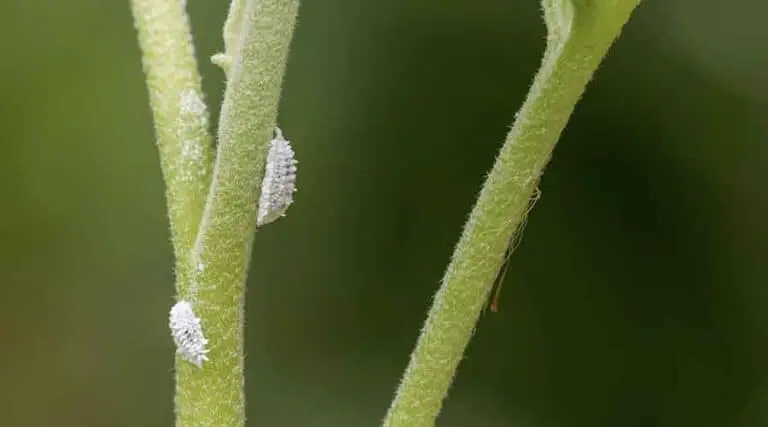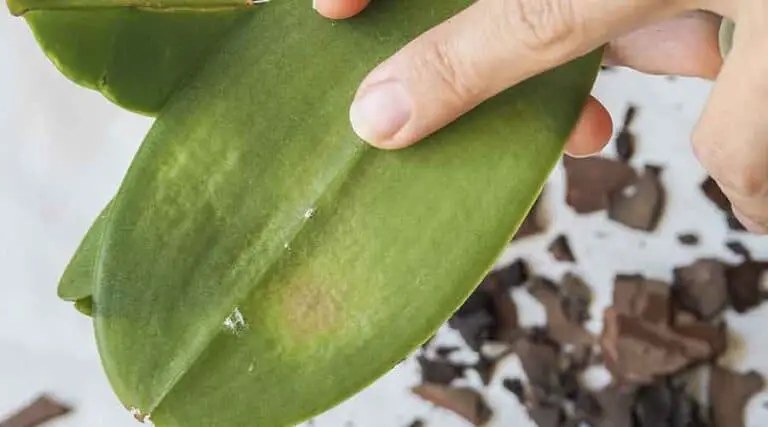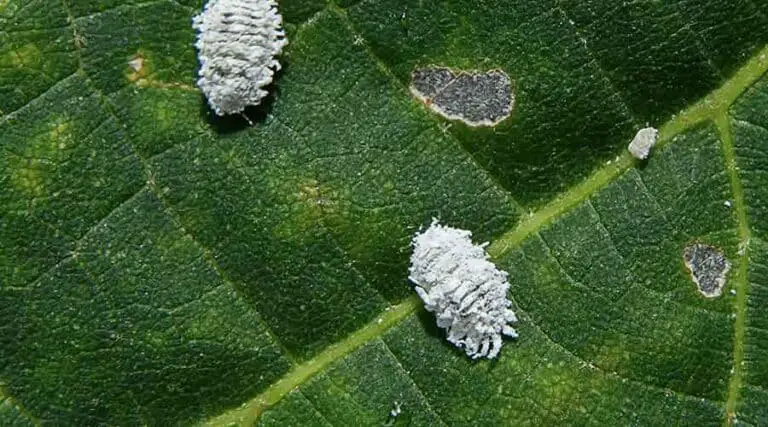Do Ladybugs Eat Mealybugs? Uncovering the Diet of a Ladybug
Ladybugs, also known as ladybirds or Coccinellidae, are small beetles that can be found in various habitats around the world. These colorful insects are often seen as a symbol of good luck and are commonly known for their voracious appetite for aphids. However, many wonder if these beneficial insects are also capable of consuming mealybugs, another common pest that can wreak havoc on plants.
Mealybugs are small, unarmored scale insects that infest a wide range of plants, especially those cultivated in greenhouses or indoor gardens. These pests feed on plant sap, weakening the plants and making them susceptible to diseases. To effectively combat mealybugs, it’s essential to understand whether ladybugs prey on these pests and whether they can be used as a biological control agent.
In fact, it has been observed that certain species of ladybugs do consume mealybugs. Not all species of ladybugs have the same diet, but those known for consuming mealybugs can be a valuable part of an integrated pest management plan for gardeners and farmers alike.
Understanding Ladybugs
Behavior and Diet
Ladybugs, also known as ladybirds or Coccinellidae, are a family of small beetles known for their bright and distinct coloration. They are considered beneficial insects, as they typically prey on aphids and other unwelcome pests that damage plants.
Their diet primarily consists of:
- Aphids
- Scale insects
- Mites
- Whiteflies
Though their focus is primarily on these pests, ladybugs are opportunistic feeders and may occasionally turn to other soft-bodied insects, such as mealybugs, if their preferred food sources are scarce.
Habitat and Lifecycle
Ladybugs are found in a wide range of habitats, including gardens, meadows, fields, and forests. They are most commonly found in areas with abundant vegetation, as this provides ample food and shelter for them.
The ladybug lifecycle has four stages:
- Egg
- Larva
- Pupa
- Adult
Female ladybugs can lay hundreds of eggs at once, usually on the underside of leaves, near colonies of their preferred prey. The eggs typically hatch in 3-5 days, releasing larvae that immediately begin feeding on nearby pests.
Ladybug larvae progress through four growth stages, or instars, over the course of 2-3 weeks. Once fully grown, they attach to a leaf or other surface to pupate, emerging as adults after 7-10 days. Adult ladybugs have a lifespan of about 2-3 months, during which they continue to feast on pests and reproduce.
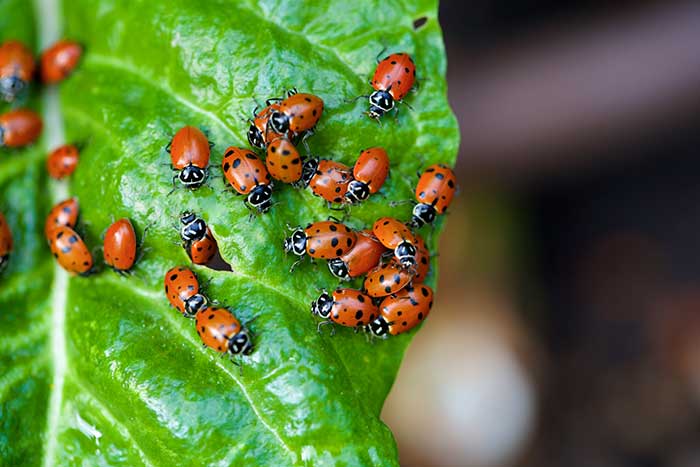
Mealybugs Overview
Physical Characteristics
Mealybugs are small, oval-shaped insects that are covered with a white, powdery wax. They typically measure between 1/20 to 1/5 inch in length. Mealybugs have piercing-sucking mouthparts, which they use to feed on plant sap. They have two pairs of wings, but they are usually folded under their bodies and are often not visible.
Damage to Plants
Mealybugs can cause significant damage to a variety of plants, including ornamental plants, fruits, and vegetables. They feed on plant sap by piercing plant tissues with their mouthparts, which can lead to the following consequences:
- Stunted growth: Heavy infestations can reduce plant growth and lead to weakened, stunted, or distorted plant parts.
- Honeydew secretion: As mealybugs feed, they secrete a sticky substance called honeydew, which can encourage the growth of sooty mold on plant surfaces.
- Disease transmission: Mealybugs can act as vectors for transmitting viruses and diseases between plants.
To protect plants from mealybugs, it is essential to monitor plants regularly and implement appropriate cultural, biological, and chemical control measures when necessary.
Ladybugs and Mealybugs Interaction
Predatory Relationship
Ladybugs (also known as ladybirds) are natural predators of mealybugs. They feed on them in their larval and adult stages, assisting in controlling mealybug populations. Adult ladybugs tend to feed on smaller mealybugs while their larvae consume larger ones. This predatory relationship helps to manage mealybug infestations, especially in gardens and agricultural settings.
Impact on Pest Control
Ladybugs play a significant role in biological pest control. By feeding on pests like mealybugs, they help to limit the need for chemical insecticides. Introducing ladybugs in areas suffering from mealybug infestations can lead to a noticeable reduction in the numbers of the pests. This eco-friendly pest control method can be an effective alternative to chemicals, providing a more sustainable approach to managing pest populations.
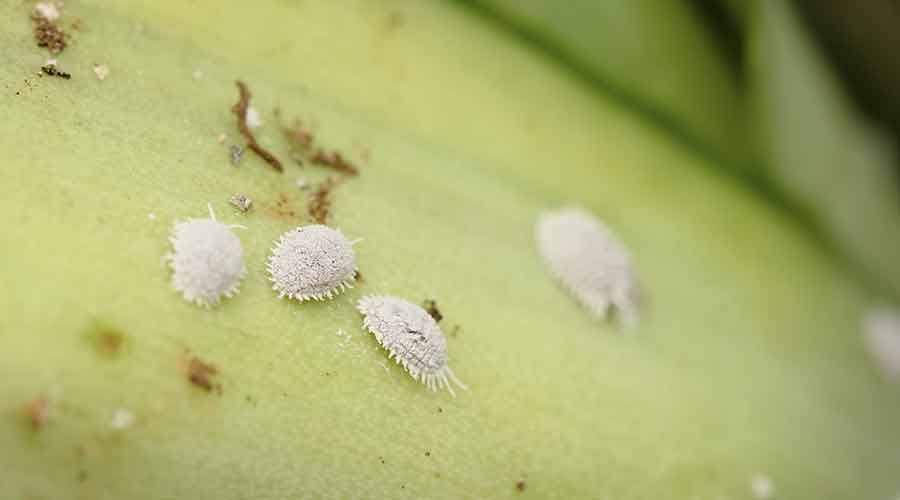
Alternative Natural Predators of Mealybugs
One effective way to combat mealybug infestations is by introducing their natural predators into the environment. Below is a list of alternative predators to ladybugs that can help regulate mealybug populations.
- Lacewings: Green and brown lacewings are known to be voracious predators of mealybugs. Their larval stage is particularly effective in controlling mealybug populations, as the larvae feed on mealybugs and other soft-bodied insects.
- Predatory Beetles: Some species of beetles, such as Cryptolaemus montrouzieri (also known as the mealybug destroyer), are specialist predators of mealybugs. These beetles not only consume adult mealybugs but also their eggs and larvae.
- Parasitic Wasps: Various species of parasitic wasps, such as Leptomastix dactylopii, lay their eggs inside mealybugs, which later hatch and feed on their host, eventually killing the mealybug. These wasps are considered as effective biological control agents for mealybug infestations.
In addition to these natural predators, the following control measures can also be employed to deal with mealybug infestations:
- Manual removal: Use a small brush or cotton swab dipped in rubbing alcohol to remove mealybugs physically from the affected plants.
- Insecticidal soap or oil: An application of insecticidal soap or neem oil can help control mealybug populations without harming beneficial insects.
- Environmental controls: Ensure proper ventilation, adequate spacing between plants, and avoid over-watering to help prevent mealybug infestations.
By considering the use of alternative natural predators and other environmentally friendly control measures, it is possible to manage mealybugs effectively without relying solely on ladybugs.
Encouraging Ladybugs in Your Garden
Plant Choices
To attract ladybugs to your garden, consider planting a variety of plants that they prefer. These include:
- Aster
- Marigold
- Calendula
- Cosmos
- Fennel
- Dill
- Yarrow
- Angelica
Ladybugs are particularly attracted to plants with small flowers, as they provide a good source of nectar and pollen that can be consumed by adult ladybugs.
Avoiding Chemical Pesticides
To ensure a healthy ecosystem for ladybugs in your garden, it’s important to avoid using harsh chemical pesticides that can harm beneficial insects. Instead, consider using natural or organic pest control methods, such as:
- Introducing other beneficial insects like lacewings and hoverflies
- Using insecticidal soaps or plant-based oils, such as neem oil
- Implementing physical barriers, such as insect netting or floating row covers
- Employing crop rotation and companion planting strategies to naturally deter pests
By making these changes in your garden, you can create a welcoming environment for ladybugs and increase their effectiveness in controlling mealybugs and other unwanted pests.

